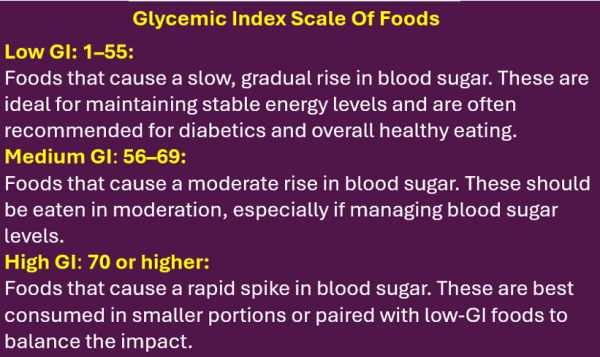
How Refrigerating And Reheating Affects Rice
To maximize resistant starch, cook the rice, cool it completely (in the refrigerator), and optionally reheat it before eating. Avoid leaving rice at room temperature for extended periods to prevent bacterial growth.
- Cooking: When rice is cooked, its starch molecules are in a gelatinized state, making them easily digestible.
- Cooling: Refrigeration (for at least 12-24 hours) allows these starch molecules to recrystallize into resistant starch.
- Reheating: Even when reheated, the resistant starch remains intact.
Safety Considerations:
When preparing and storing rice, it is essential to follow proper food safety practices to prevent bacterial growth:
- Prompt refrigeration: After cooking, cool the rice quickly and refrigerate it within two hours.
- Storage duration: Keep the rice refrigerated at 4°C (39.2°F) and consume it within 3-4 days.
- Reheating: When reheating, ensure the rice reaches an internal temperature of at least 74°C (165°F) to eliminate potential bacteria.
Image credit: www.Healthylife.werindia.com
Author: Sumana Rao | Posted on: January 27, 2025
« Previous Article
Next Article »
« How Resistant Starch Works The Glycemic Index of Cooked And Refrigerated Rice »
« How Resistant Starch Works The Glycemic Index of Cooked And Refrigerated Rice »






















Write a comment